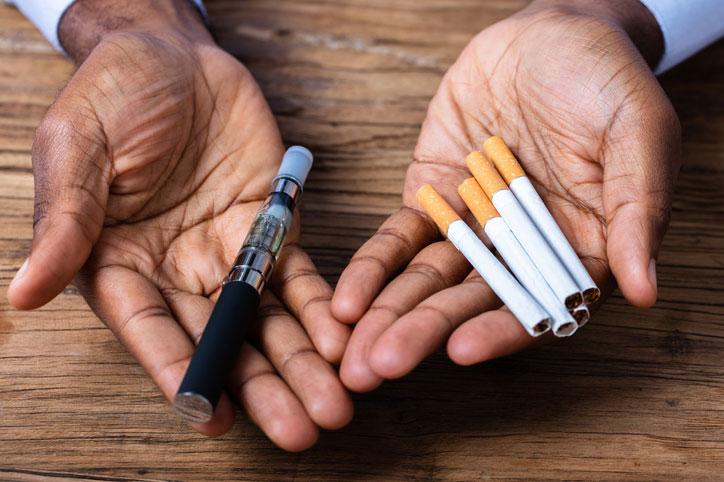Is Vaping Worse Than Smoking?

In recent years, the rise of vaping as a popular alternative to smoking has sparked heated debates among health experts and the general public. Advocates of vaping claim it is a safer option than traditional cigarettes, while critics argue that it poses its own set of health risks. In this article, we will explore the key differences between vaping and smoking, examine the potential health implications of both practices and weigh the evidence to determine whether vaping is indeed worse than smoking.
Understanding Vaping and Smoking
Vaping involves the use of electronic cigarettes (e-cigarettes) or similar devices that heat a liquid, usually containing nicotine, into an aerosol for inhalation. Smoking, on the other hand, involves burning tobacco and inhaling the resulting smoke.
- Chemical Composition
Traditional cigarettes contain numerous harmful chemicals, such as tar, carbon monoxide, and other carcinogens, which are known to be detrimental to health. In comparison, e-liquids used in vaping devices typically contain fewer harmful substances, but they still contain nicotine, which is highly addictive.
- Nicotine Content
While both smoking and vaping deliver nicotine to the body, vaping products offer users more control over the nicotine concentration. Many e-liquids come in various nicotine strengths, allowing users to gradually reduce their nicotine intake if they wish to quit.
Health Implications: Smoking vs. Vaping
1. Smoking's Well-Established Risks
Cigarette smoking has been extensively studied, and its adverse health effects are well-documented. Smoking is a leading cause of lung cancer, respiratory diseases, cardiovascular issues, and various other health problems. Secondhand smoke from traditional cigarettes is also harmful to non-smokers.
2. Vaping and Lung Health
Although vaping is considered less harmful than smoking, it is not entirely risk-free. Research on the long-term health effects of vaping is ongoing, but preliminary studies suggest that vaping can still have adverse effects on lung health. Cases of severe lung injuries linked to vaping have been reported, particularly in those who used black-market or THC-containing vaping products.
3. Nicotine Addiction
Both smoking and vaping can lead to nicotine addiction, which can be challenging to overcome. The addictive nature of nicotine is one of the primary concerns associated with these practices, especially among young people who may start vaping without having previously smoked.
4. Youth Appeal
Vaping's popularity among youth has raised significant concerns. The enticing flavours and marketing strategies used by some vape companies have attracted young users, leading to an increase in nicotine addiction among adolescents.
While the long-term health effects of vaping are still being studied, it is essential to acknowledge that any form of nicotine consumption carries inherent risks. Smoking is undoubtedly more dangerous due to the presence of harmful chemicals in tobacco smoke, but vaping is not entirely risk-free either.
For individuals seeking to quit smoking, vaping might serve as a potentially less harmful alternative, but it is not a risk-free solution. Quitting nicotine use altogether remains the best choice for overall health.
Ultimately, the decision between vaping and smoking comes down to personal choices and individual circumstances. It is crucial to consult with healthcare professionals to make informed decisions about nicotine consumption and work towards a healthier, smoke-free life. Public health policies must focus on addressing the concerns associated with both smoking and vaping, particularly in safeguarding the well-being of young people and non-smokers.

